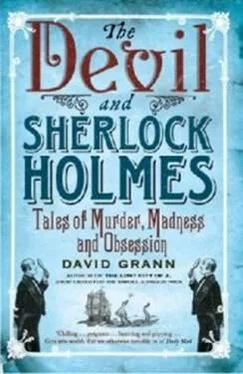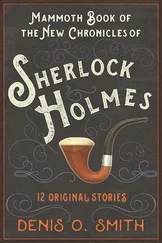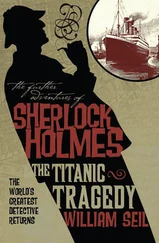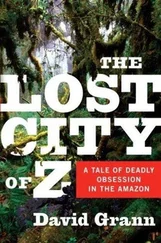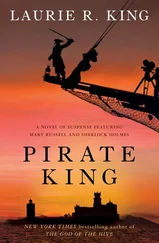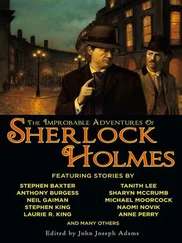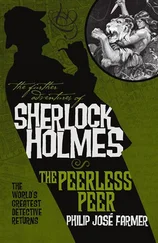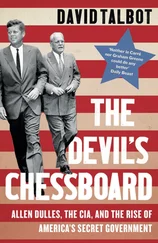Green wanted to create an immaculate biography, one in which each fact led inexorably to the next. He wanted to be both Watson and Holmes to Conan Doyle, to be his narrator and his detective. Yet he knew the words of Holmes: “Data! Data! Data! I can’t make bricks without clay.” And the only way to succeed, he realized, was to track down the lost archive.
“Murder,” Owen Dudley Edwards, a highly regarded Conan Doyle scholar, said. “I fear that is what the preponderance of the evidence points to.”
I had called him in Scotland, after Gibson informed me that Edwards was pursuing an informal investigation into Green’s death. Edwards had worked with Green to stop the auction, which took place, in spite of the uproar, almost two months after Green’s body was found. Edwards said of his friend, “I think he knew too much about the archive.”
A few days later, I flew to Edinburgh, where Edwards promised to share with me his findings. We had arranged to meet at a hotel on the edge of the old city. It was on a hill studded with medieval castles and covered in a thin mist, not far from where Conan Doyle had studied medicine under Dr. Joseph Bell, one of the models for Sherlock Holmes. (Once, during a class, Bell held up a glass vial. “This, gentlemen, contains a most potent drug,” he said. “It is extremely bitter to the taste.” To the class’s astonishment, he touched the amber liquid, lifted a finger to his mouth, and licked it. He then declared, “Not one of you has developed his power of perception… while I placed my index finger in the awful brew, it was my middle finger-aye-which somehow found its way into my mouth.”)
Edwards greeted me in the hotel lobby. He is a short, pear-shaped man with wild gray sideburns and an even wilder gray beard. A history professor at the University of Edinburgh, he wore a rumpled tweed coat over a V-neck sweater, and carried a knapsack on his shoulder.
We sat down at the restaurant, and I waited as he rummaged through the books in his bag. Edwards, who has written numerous books, including “The Quest for Sherlock Holmes,” an acclaimed account of Conan Doyle’s early life, began pulling out copies of Green’s edited collections. Green, he said, was “the world’s greatest Conan Doyle expert. I have the authority to say it. Richard ultimately became the greatest of us all. That is a firm and definite statement of someone who knows.”
As he spoke, he tended to pull his chin in toward his chest, so that his beard fanned out. He told me that he had met Green in 1981, while researching his book on Conan Doyle. At the time, Green was still working on his bibliography with Gibson; even so, he had shared all his data with Edwards. “That was the kind of scholar he was,” he said.
To Edwards, Green’s death was even more baffling than the crimes in a Holmes story. He picked up one of the Conan Doyle collections and read aloud from “A Case of Identity,” in the cool, ironical voice of Holmes:
Life is infinitely stranger than anything which the mind of man could invent. We would not dare to conceive the things which are really mere commonplaces of existence. If we could fly out of that window hand in hand, hover over this great city, gently remove the roofs, and peep in at the queer things which are going on, the strange coincidences, the plannings, the cross-purposes, the wonderful chains of events, working through generations, and leading to the most outré results, it would make all fiction with its conventionalities and foreseen conclusions most stale and unprofitable.
After Edwards closed the book, he explained that he had spoken frequently with Green about the Christie’s sale. “Our lives have been dominated by the fact that Conan Doyle had five children, three of whom became his literary heirs,” Edwards said. “The two boys were playboys. One of them, Denis, was, I gather, utterly selfish. The other one, Adrian, was a repulsive crook. And then there was an absolutely wonderful daughter.”
Green, he said, had become so close to the daughter, Dame Jean, that he came to be known as the son she never had, even though in the past Conan Doyle’s children had typically had fractious relationships with their father’s biographers. In the early nineteen-forties, for example, Adrian and Denis had cooperated with Hesketh Pearson on “Conan Doyle: His Life and Art,” but when the book came out and portrayed Conan Doyle as “the man in the street,” a phrase Conan Doyle himself had used, Adrian rushed into print his own biography, “The True Conan Doyle,” and Denis allegedly challenged Pearson to a duel. Dame Jean had subsequently taken it upon herself to guard her father’s legacy against scholars who might present him in too stark a light. Yet she confided in Green, who had tried to balance his veneration of his subject with a commitment to the truth.
Edwards said that Dame Jean not only gave Green a glimpse of the treasured archive; she also asked for his help in transferring various papers to her solicitor’s office. “Richard told me that he had physically moved them,” Edwards said. “So his knowledge was really quite dangerous.”
He claimed that Green was “the biggest figure standing in the way” of the Christie’s auction, since he had seen some of the papers and could testify that Dame Jean had intended to donate them to the British Library. Soon after the sale was announced, Edwards said, he and Green had learned that Charles Foley, Sir Arthur’s great-nephew, and two of Foley’s cousins were behind the sale. But neither he nor Green could understand how these distant heirs had legally obtained control of the archive. “All we were clear about was that there was a scam and that, clearly, someone was robbing stuff that should go to the British Library,” Edwards said. He added, “This was not a hypothesis-it was quite certain in our own minds.”
Edwards also had little doubt that somebody had murdered his friend. He noted the circumstantial details-Green’s mention of threats to his life, his reference to the American who was “trying to bring him down.” Some observers, he said, had speculated that Green’s death might have been the result of autoerotic asphyxiation, but he told me that there were no signs that Green was engaged in sexual activity at the time. He added that garroting is typically a brutal method of execution-“a method of murder which a skilled professional would use.” What’s more, Green had no known history of depression. Edwards pointed out that Green, on the day before he died, had made plans with another friend for a holiday in Italy the following week. Moreover, he said, if Green had killed himself, there surely would have been a suicide note; it was inconceivable that a man who kept notes on everything would not have left one.
“There are other things,” Edwards continued. “He was garroted with a bootlace, yet he always wore slip-on shoes.” And Edwards found meaning in seemingly insignificant details, the kind that Holmes might note- particularly, the partially empty bottle of gin by his bed. To Edwards, this was a clear sign of the presence of a stranger, since Green, an oenophile, had drunk wine at supper that evening, and would never have followed wine with gin.
“Whoever did this is still at large,” Edwards said. He put a hand on my shoulder. “Please be careful. I don’t want to see you garroted, like poor Richard.” Before we parted, he told me one more thing-he knew who the American was.
The American, who asked that I not use his name, lives in Washington, D.C. After I tracked him down, he agreed to meet me at Timberlake’s pub near Dupont Circle. I found him sitting at the bar, sipping red wine. Though he was slumped over, he looked strikingly tall, with a hawkish nose and a thinning ring of gray hair. He appeared to be in his fifties and wore bluejeans and a button-down white shirt, with a fountain pen sticking out of the front pocket, like a professor.
Читать дальше
